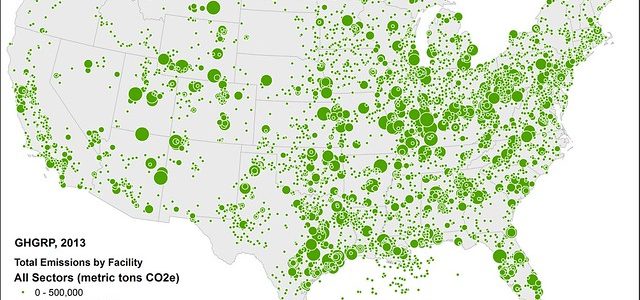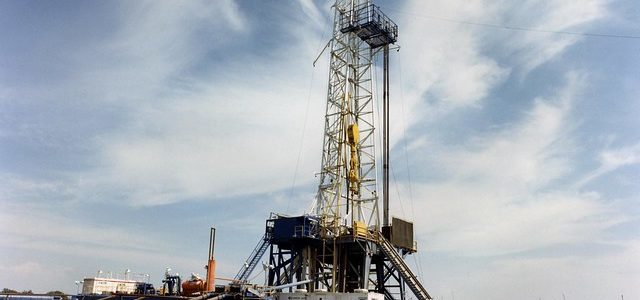With presidential nominee Julian Castro advocating for fracking to be phased out by 2035, as well as overwhelming polls around the country in favor of a fracking ban, “hydraulic fracturing” might be ousted sooner than later.
But the energy sector might be too far reliant on fracking that any humanitarian concerns won’t guarantee any wide scale shutdown. It just might not be practical at this current phase, even if it is the driving force behind higher methane levels and higher earthquake incidence across the country, as well as health dangers for residents.
Banning fracking is not a black-and-white argument though. From a humanitarian point of view, it’s definitely troublesome. Just ask the residents of Denton, Texas, which was the first Texas city place to ban the practice, albeit unsuccessfully. But from an economic standpoint, fracking contributed heavily to the shale boom in Texas.
In fact, fracking made it possible for the United States (and Texas) to be such a dominant force in oil production. It has also reportedly decreased greenhouse emissions, but many sources like Skeptical Science, believe that lowered CO2 rates are a result of decreased coal production. But of course, with increased fracking comes a decreased reliance on coal for energy production, so fracking probably has a role to play in that.
For Texas in particular though, fracking is causing a lot of concern because of wastewater pollutants that residents and state policy makers are afraid might seep into nearby rivers and lakes. Texans are invoking the EPA to hopefully safeguard drinking water from the potential harms of fracking byproducts.
Methane is on the Rise
Vox says in their article, “Fracking May be a Bigger Climate Problem Than we Thought” that a lot of rising methane was tied to “biogenic” causes, which means animal and plant wastes. This corroborated by measuring the varying weight of isotopes. Or, in other words, fracking emitted heavier methane isotopes. Or so that was the consensus for a time.
But the overall methane picture has been complicated by Robert Howarth, who traced shale oil production as a root of increased methane levels. And as the Vox article states, this can mean that America is one of the biggest reasons why methane is so high: “Since 89 percent of the shale gas production comes from the US (Canada produced the rest), that’s a whole lot of accelerated global warming tracing right back to America’s front door. “
But there’s more than one side to the “fracking = increased global warming debate”. The EIA shows that energy-related carbon emissions went down, but that could be correlated to less coal production.
Regardless, fracking created a lot of jobs and helped solidify the country as an oil empire. Our relationship with the practice will certainly continue to be a complex one, to say the very least.

